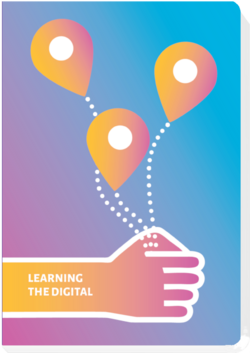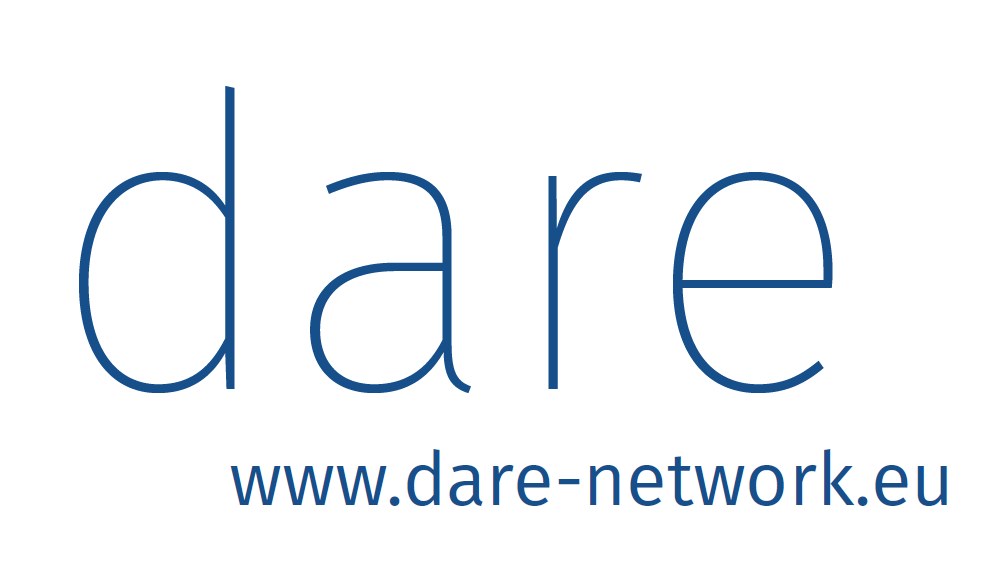Making is an approach which is not only interesting for STEAM education or youth work, but has a huge potential for learning in all generations. Many publicly accessible maker spaces or Fab Labs have opened recently in Europe - some commercially, but many that are also maintained by non-profit associations and public authorities. Some public libraries have also broadened their activities in this direction.
Examples:
- Hacking: giving things new purpose – from furniture to computers
- 3D printing: printing objects based on ready-to-use templates or creating new designs
- CRC: laser cutting
- Coding and hardware
- Robotics, AI
Contents
Further Reading
- eMedia (2019). Handbook Educational Robotics. eMedia Project: Media Literacy and Digital Citizenship for All. All Digital 2019 https://all-digital.org/resources/educational-robotics-handbook/
- Kiviniemi, J. (ed., 2019). Maker activities in Youth Work. verke Helsinki. Creative Commons Attribution 4.0 International License. https://www.verke.org/en/publications/maker-activities-in-youth-work/
- Vuorikari, R., Ferrari, A., Punie, Y. (2019). Makerspaces for Education and Training – Exploring future implications for Europe. EUR 29819 EN, Publications Office of the European Union, Luxembourg, 2019, ISBN 978-92-76-09032-8, https://doi.org/10.2760/946996, JRC117481
Nils-Eyk Zimmermann
Editor of Competendo. He writes and works on the topics: active citizenship, civil society, digital transformation, non-formal and lifelong learning, capacity building. Coordinator of European projects, in example DIGIT-AL Digital Transformation in Adult Learning for Active Citizenship, DARE network.
Blogs here: Blog: Civil Resilience.
Email: nils.zimmermann@dare-network.eu
handbook for Facilitators: Learning the Digital
This text was published in: M. Oberosler (ed.), E. Rapetti (ed.), N. Zimmermann (ed.), G. Pirker, I. Carvalho, G. Briz, V. Vivona (2021/22). Learning the Digital. Competendo Handbook for Facilitators.
Created in the frame of the project DIGIT-AL - Digital Transformation Adult Learning for Active Citizenship.






